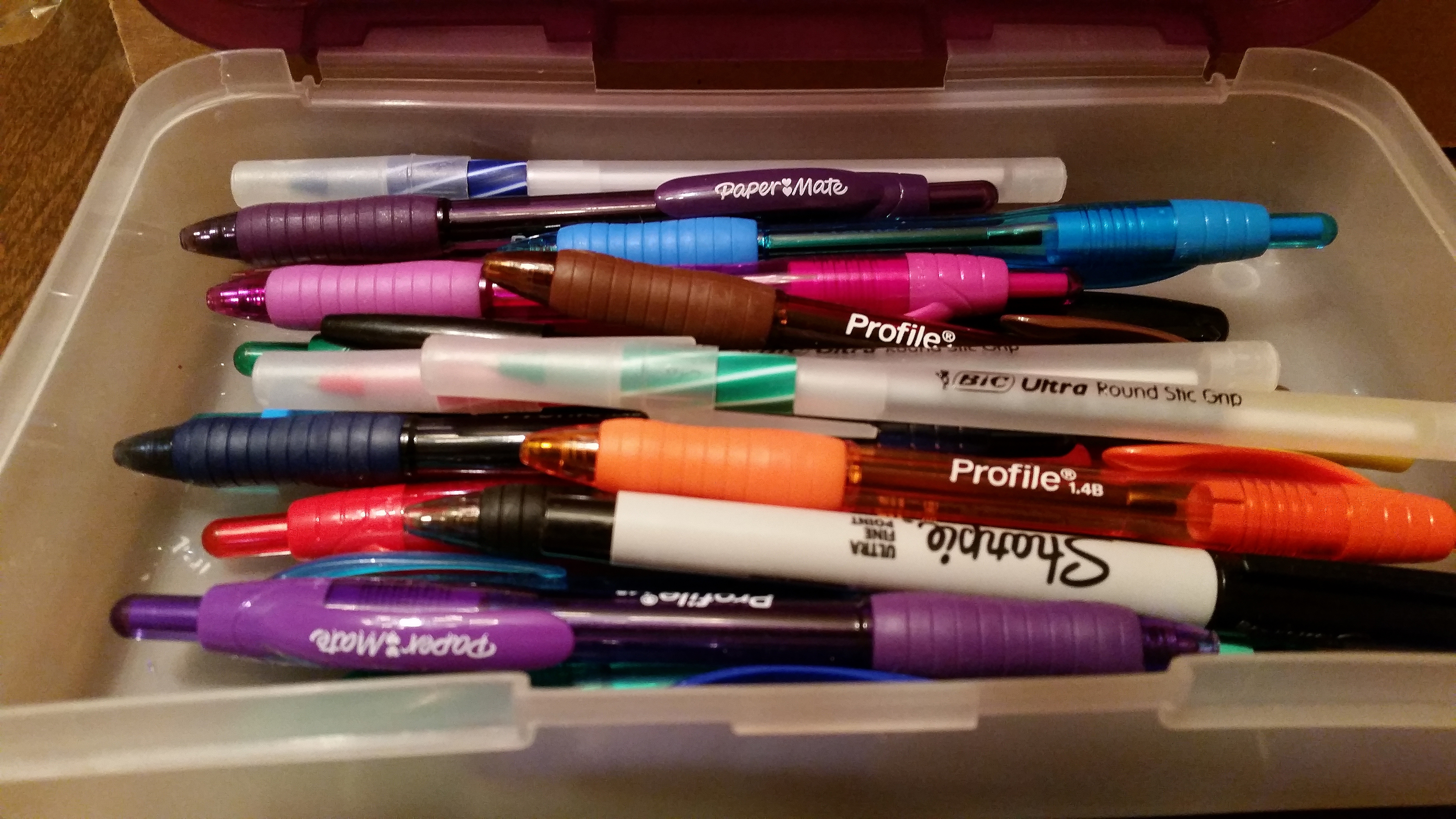
Creating Extraordinary Characters –– Part V
In this series, we’re looking at personalities, how to develop them, and where to look for more information about…
September 23, 2017
In this series, we’re looking at personalities, how to develop them, and where to look for more information about…
September 23, 2017
Do you always tell the truth? Do you use the same tone and vocabulary when speaking to your friends…
September 20, 2017
Dig deep and you’ll find attitude, and when you find attitude, you find voice. ~ James Scott Bell in…
August 20, 2017
Characters with personality make your readers identify and care about them. There are several ways to determine what your…
June 22, 2017
In the beginning…in creating characters, we must begin at the beginning. We’ve talked about a three-word description, and basic…
May 22, 2017
Can you describe you characters with only two words? I ran across this simple question in James Scott Bell’s…
May 19, 2017
Why is it that some characters stick in our minds? What is it about them that causes us identify…
April 22, 2017
Go shopping This non-writing exercise can help you connect with your character in a tangible way, by interacting with…
January 19, 2017
The heroine of the mystery novel I am working on needs certain qualities to be a good sleuth. Things…
November 19, 2016
I hate making phone calls. When it comes to picking up the phone, I always procrastinate as long as…
May 15, 2016
Fictional characters are like onions; they are made of many layers. A writer must peel back the layers to…
October 16, 2015
As writers, we do many things to capture what drives our characters. We’ll complete questionnaires detailing their likes and…
September 4, 2015
Take your characters deeper All great writers understand the importance of creating well-developed characters, but how does a character…
August 27, 2015
Good writers know that developing well-rounded characters is critical, and one technique for creating such interesting characters is to…
June 16, 2015